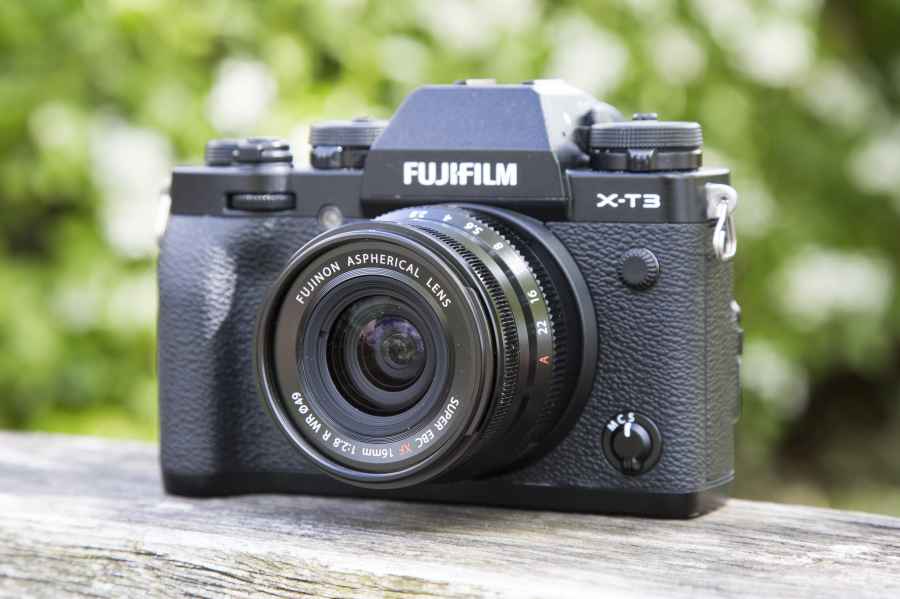Fujinon XF16mm F2.8 R WR review: Introduction
Users of Fujifilm X-series cameras are well catered for when it comes to lenses, with no fewer than 16 prime lenses and 11 zoom lenses covering focal lengths from 8mm right through to 400mm. The company’s lens roadmap is frequently updated and gives us a good clue as to what we can expect to see next and when.
Those who’ve studied the lens roadmap will know we’re going to have to wait until next year before the XF33mm F1 arrives, but in the meantime there’s the XF16mm F2.8 R WR and XF16-80mm F4 R OIS WR to get excited about.
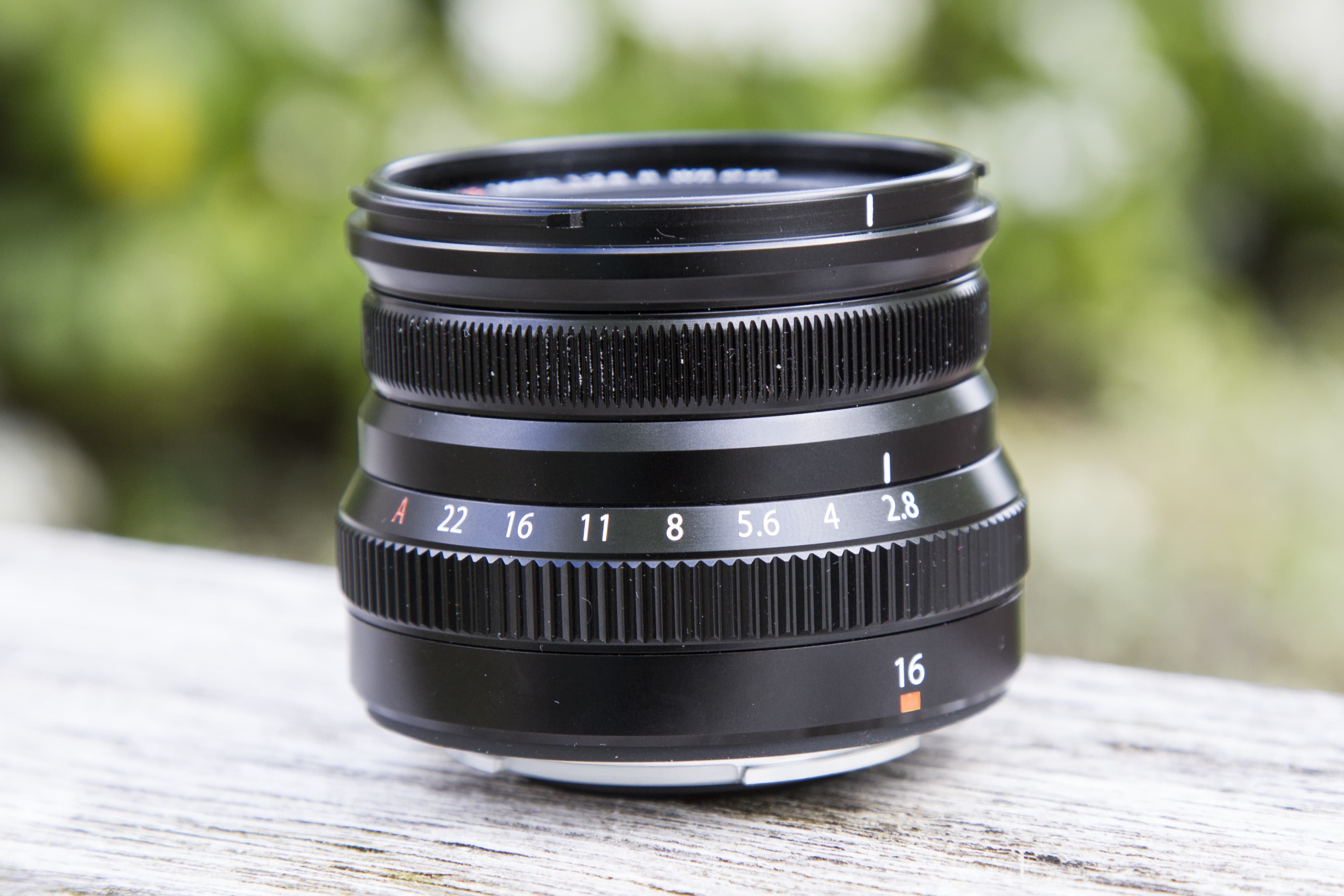
The lens shares much of a likeness to Fujifilm’s other f/2 primes in terms of its design
The optic we’re looking at here is Fujifilm’s second 16mm prime lens, the first being the sublime XF16mm F1.4 R WR. Just as we’ve seen before with lenses like the XF23mm F2 R WR and XF35mm F2 R WR, the XF16mm F2.8 R WR is designed to be a more compact and affordable alternative to the company’s faster, larger and more expensive f/1.2 and f/1.4 primes.
Those who desire a fixed focal length lens that’s equivalent to 24mm in 35mm terms and like the sound of saving £470 over the XF16mm F1.4 R WR (£818) are bound to be intrigued by this latest X-mount arrival.
Fujinon XF16mm F2.8 R WR review: Features
Despite being slower than the XF16mm F1.4 R WR, there are advantages to be had from choosing a lens that’s smaller and has a maximum aperture of f/2.8. Just like Fujifilm’s range of f/2 primes, the main appeal of the lens is its compact size.
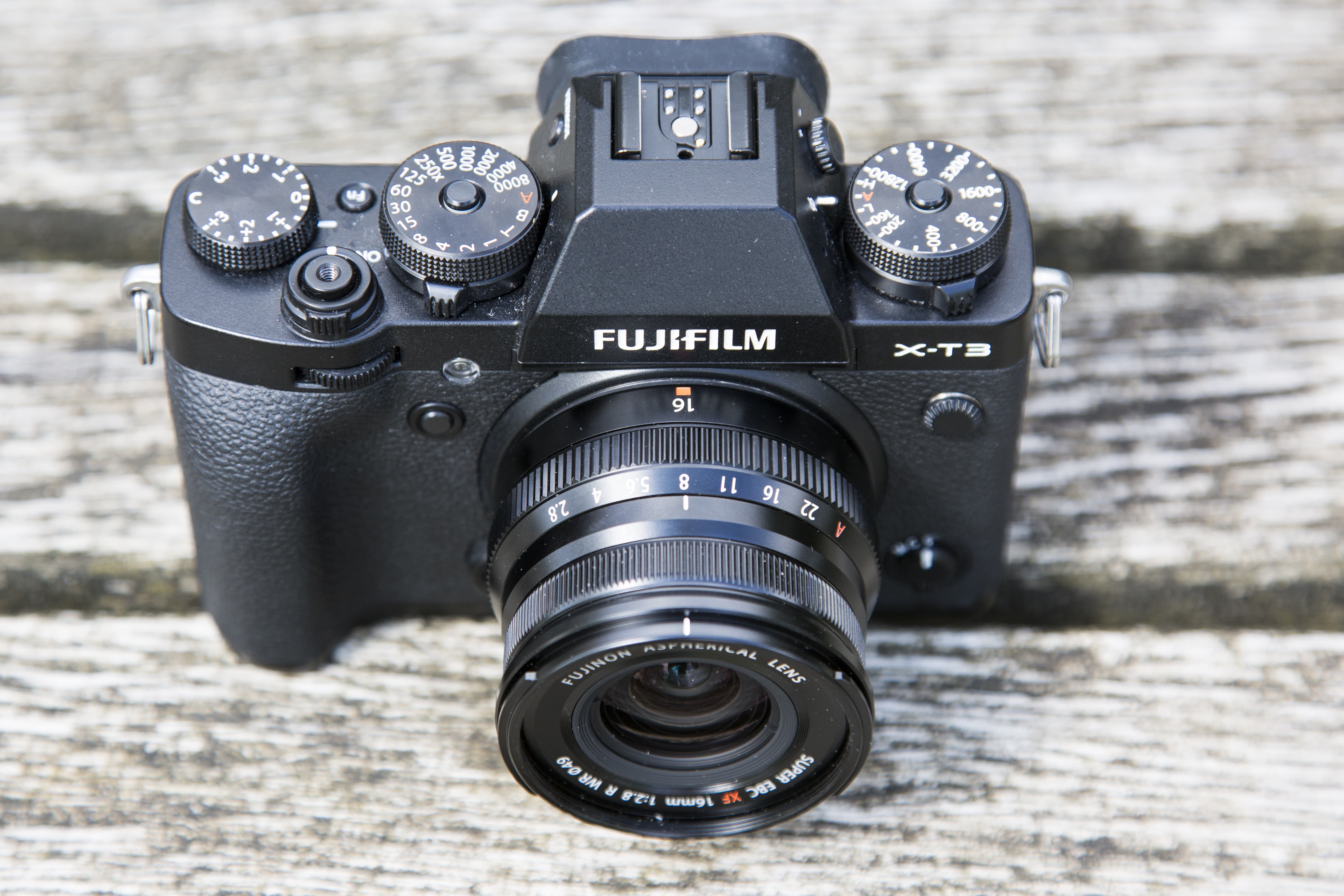
The XF16mm F1.4 R WR mounted on the Fujifilm X-T3
Viewed side by side with the XF16mm F1.4 R WR, you get a good impression of just how dinky it is. It adds just 45.4mm in length to the camera it’s mounted on and within its stubby barrel it arranges ten glass elements in eight groups.
Of these ten elements, two are aspherical elements, which are arranged in such a way that they they’re intended to suppress spherical aberrations and field curvature while maintaining high performance from the centre of the frame to the edge. Unlike the XF 16mm F1.4 R WR, the lens doesn’t feature any ED (extra low-dispersion) elements, but it does have the same number of nine aperture blades that are designed to render striking spherical bokeh at wide apertures.
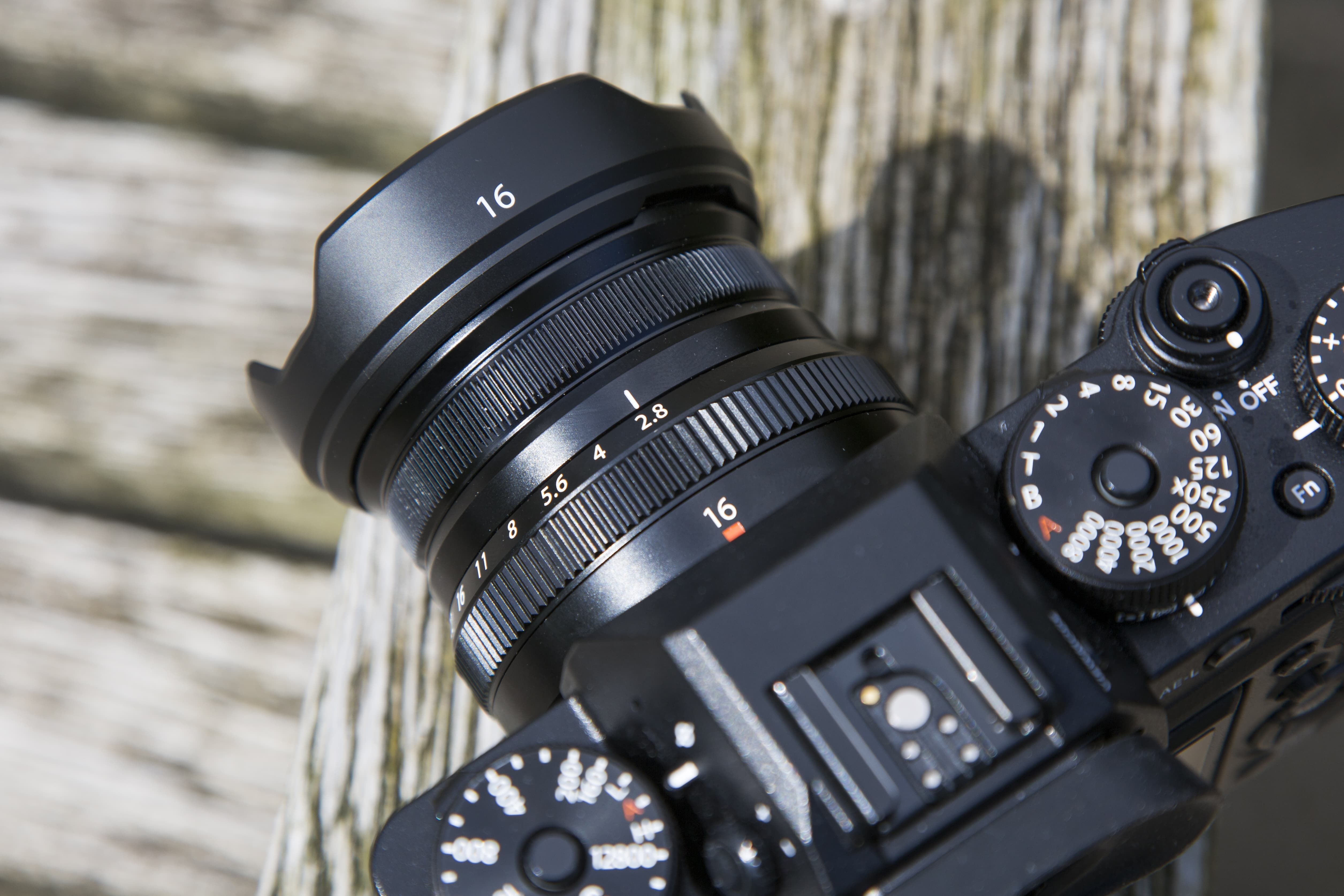
The lens hood is clearly marked with the focal length so you can’t mistake which lens it’s for
To ensure focusing is fast and operation is silent, the lens adopts the same inner focusing system driven by a stepping motor that’s used inside other lenses such as the XF35mm F2 R WR and XF23mm F2 R WR. If the lens puts in a performance as good as these lenses, we anticipate faster and quieter focusing than you get on the XF16mm F1.4 R WR – something I’ll touch on in more detail shortly.
Like the XF16mm F1.4 R WR, the WR abbreviation in the name tells us that it’s made to be weather resistant. Seals prevent dust, dirt and moisture creeping in and will allow those who own a weather-sealed X-series camera to continue shooting when poor weather conditions persist.
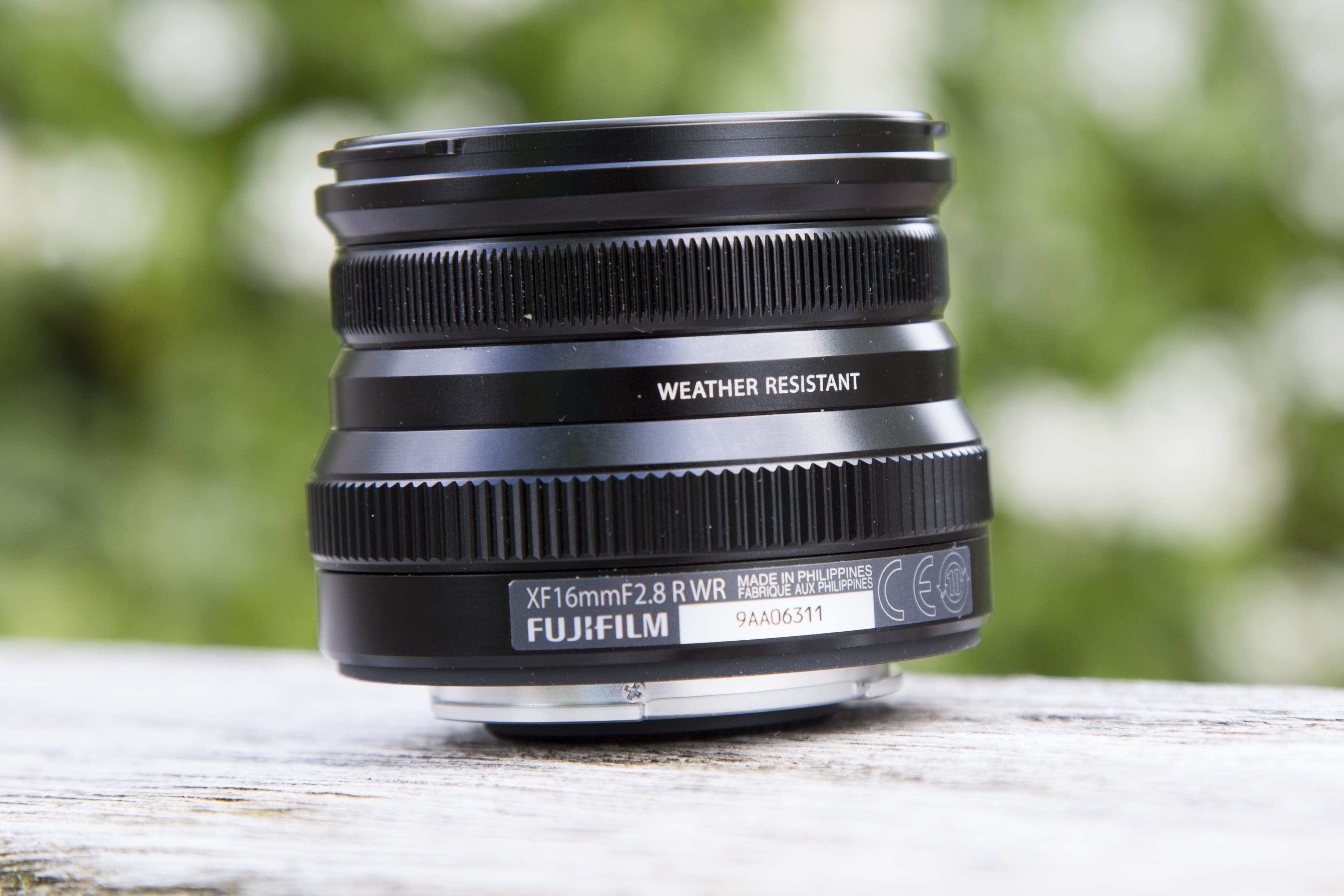
The underside of the barrel showing its weather resistant status, labelling and serial number
Fujifilm also claims that that the lens can be used in temperatures as low -10°C, plus there’s an effective rubber seal around the perimeter of the metal mount to prevent moisture or dust creeping inside the camera.
Another part of the spec not yet mentioned is its 49mm thread at the front for attaching screw-in filters and adapters. This is smaller than the 67mm filter thread on the XF 16mm F1.4 R WR and slightly larger than the 43mm filter thread on the XF35mm F2 WR and XF23mm F2 R WR.
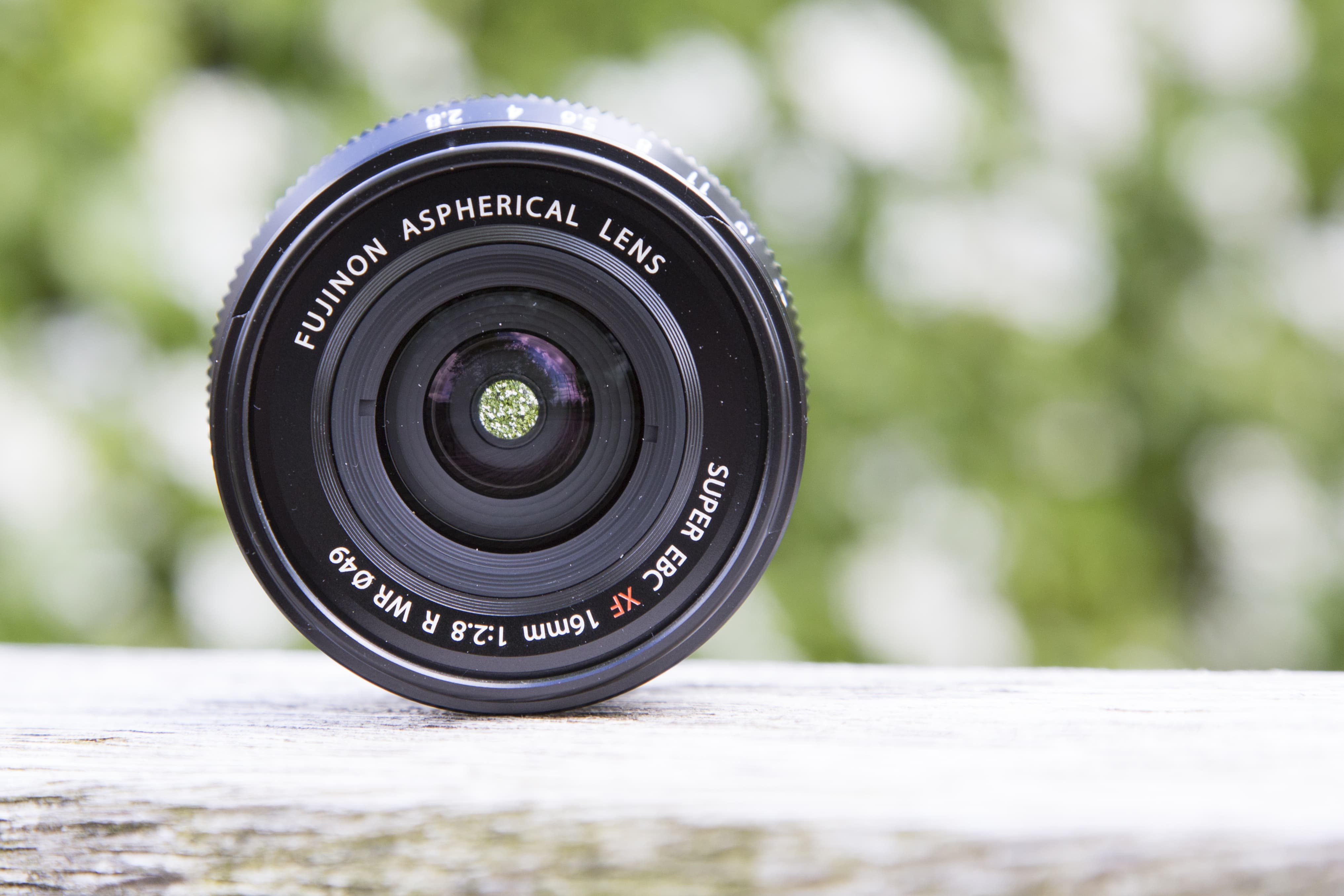
The lens has a 49mm filter thread at the front
Its minimum focus distance (17cm) doesn’t let you to focus quite as closely as the XF 16mm F1.4 R WR (15cm), however at less than half the weight of its faster sibling, it has a considerable weight advantage.
Fujinon XF16mm F2.8 R WR: Build & Handling
At just 45mm in length, the lens is smaller than the XF23mm F2 R WR and shares almost identical dimensions with the XF35mm F2 R WR. Taking a closer look at the barrel, you’ll notice it has the same difference in diameter between the rear and front of the lens, meaning the aperture ring is slightly larger than the manual focus ring.
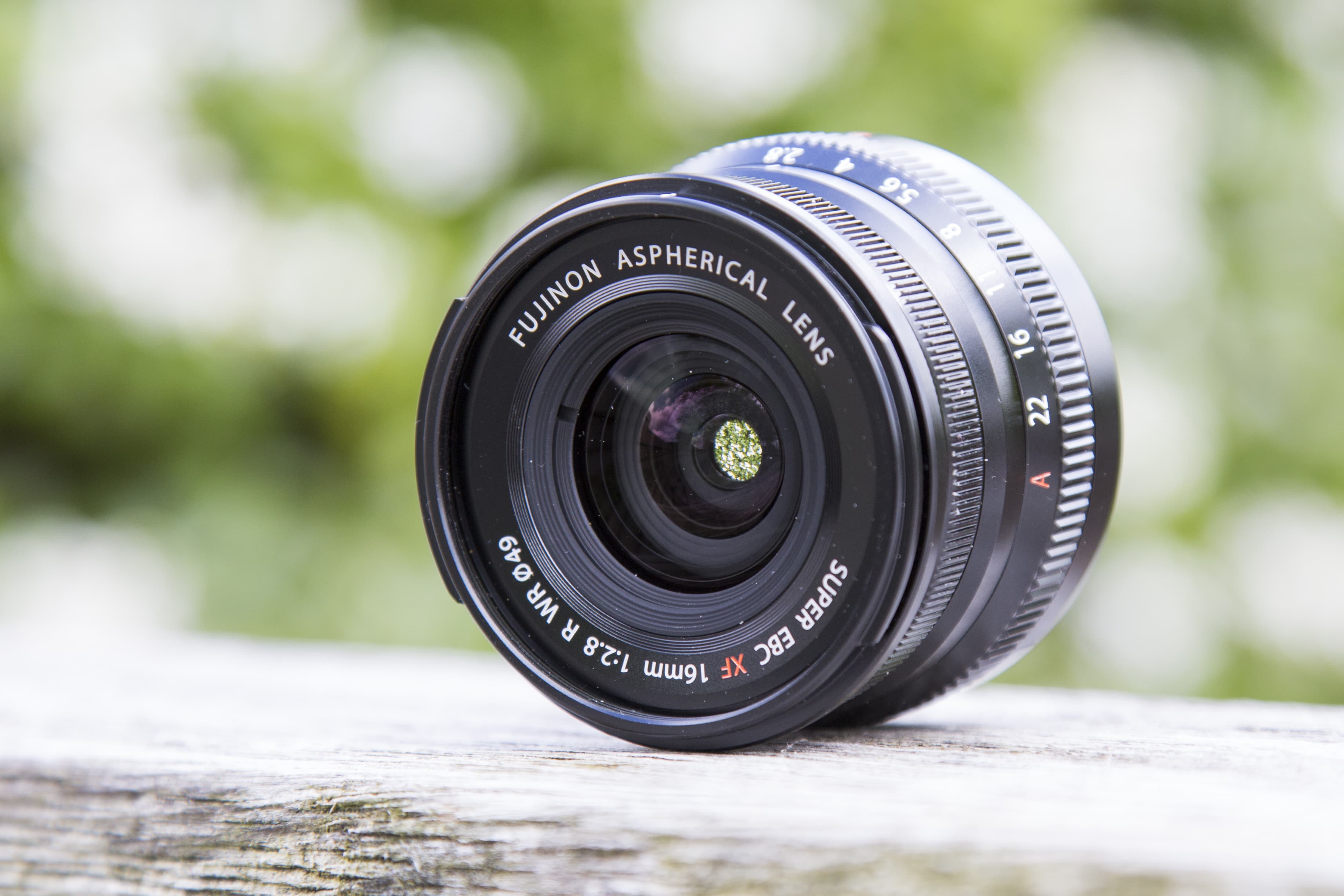
This view shows how the aperture ring is slightly larger in diameter than the manual focus ring
Keeping with tradition, the aperture ring is located towards the rear of the barrel. This allows your thumb and index finger of your supporting hand to find it and control it easily when your eye is raised to the viewfinder.
One of the differences in design between this lens and the XF16mm F1.4 R WR is that the focus ring is a lot smaller and can’t be snapped back to engage manual focus. Instead, users are forced to activate manual focus via the camera body. There’s also no depth-of-field scale or focus distance scale markings on the barrel like you get on the XF16mm F1.4 R WR.
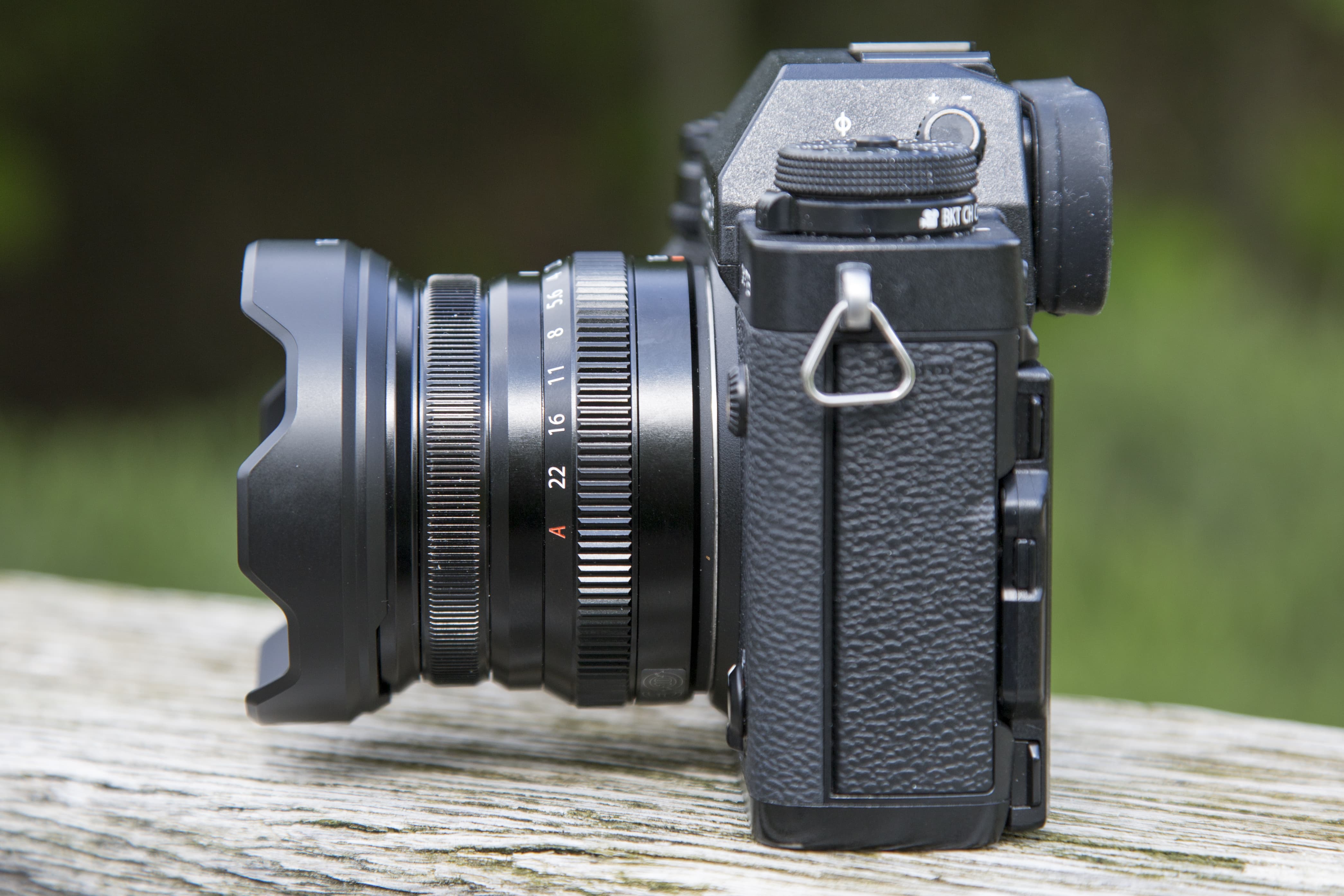
The lens balances very nicely with Fujifilm’s X-series cameras. It was paired with the X-T3 and X-T10 during our testing
With no switches and a simple design, the lens fits in with the look of Fujifilm’s range of other f/2 prime lenses. It backs up its good aesthetics with an excellent feel to the aperture and focus rings.
The aperture ring clicks through its f/2.8-f/22 range in 1/3-stop increments. Rotating it anti-clockwise to its farthest point takes you to its ‘A’ setting, where users can take control of shutter priority or let the camera decide on the best aperture setting in its Auto mode.
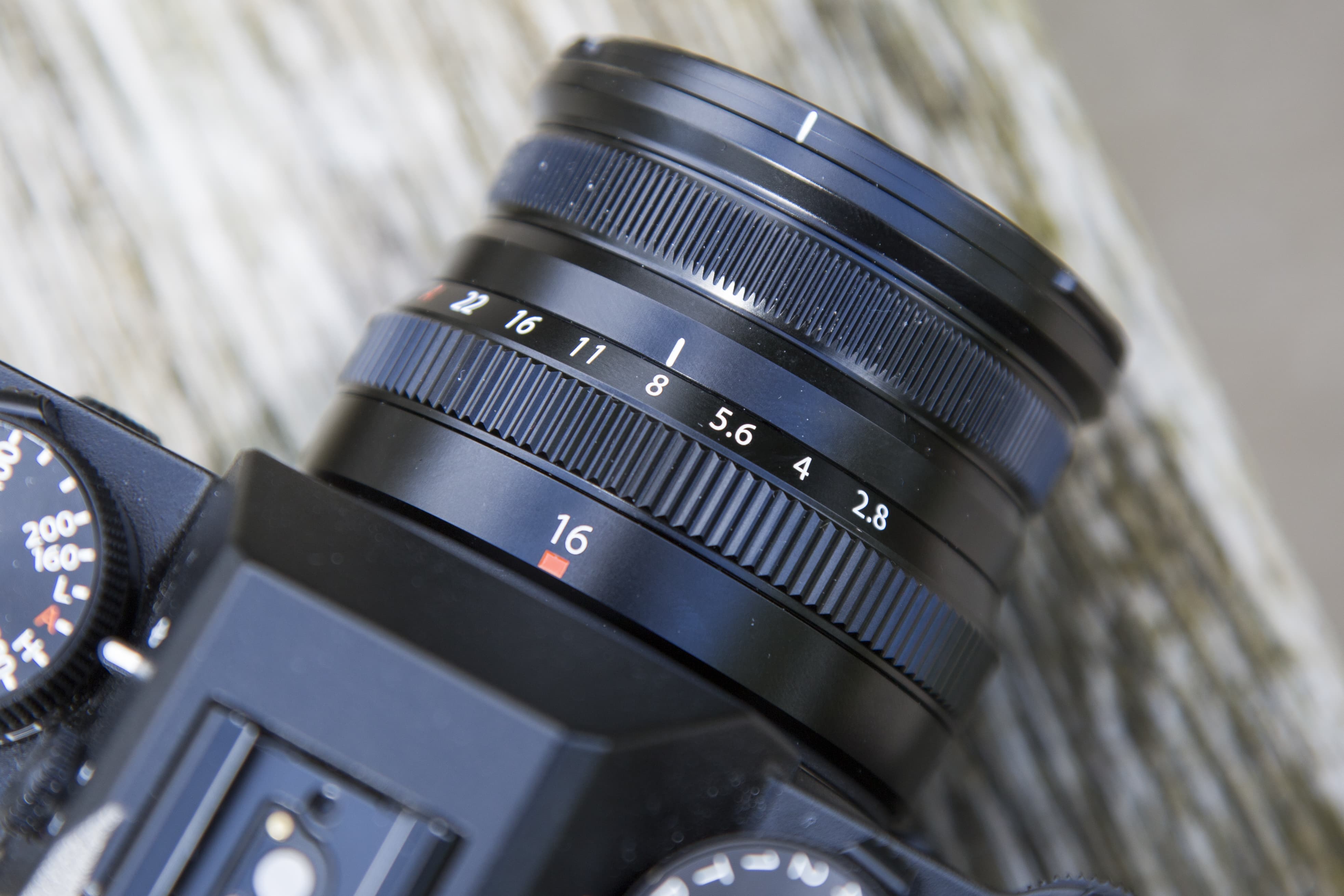
The aperture ring provides slightly more resistance than that on the XF16mm F1.4 R WR
The electronically operated manual focus ring is very smooth and works well when you’d like to make fine focus adjustments in combination with a magnified view on the rear screen or EVF.
The plastic lens hood that comes supplied with the lens isn’t so thin that it feels vulnerable to damage, plus it can be inverted for storage and transportation purposes. In its inverted position it’s still possible to adjust the aperture ring, however the hood does fowl the manual focus ring.
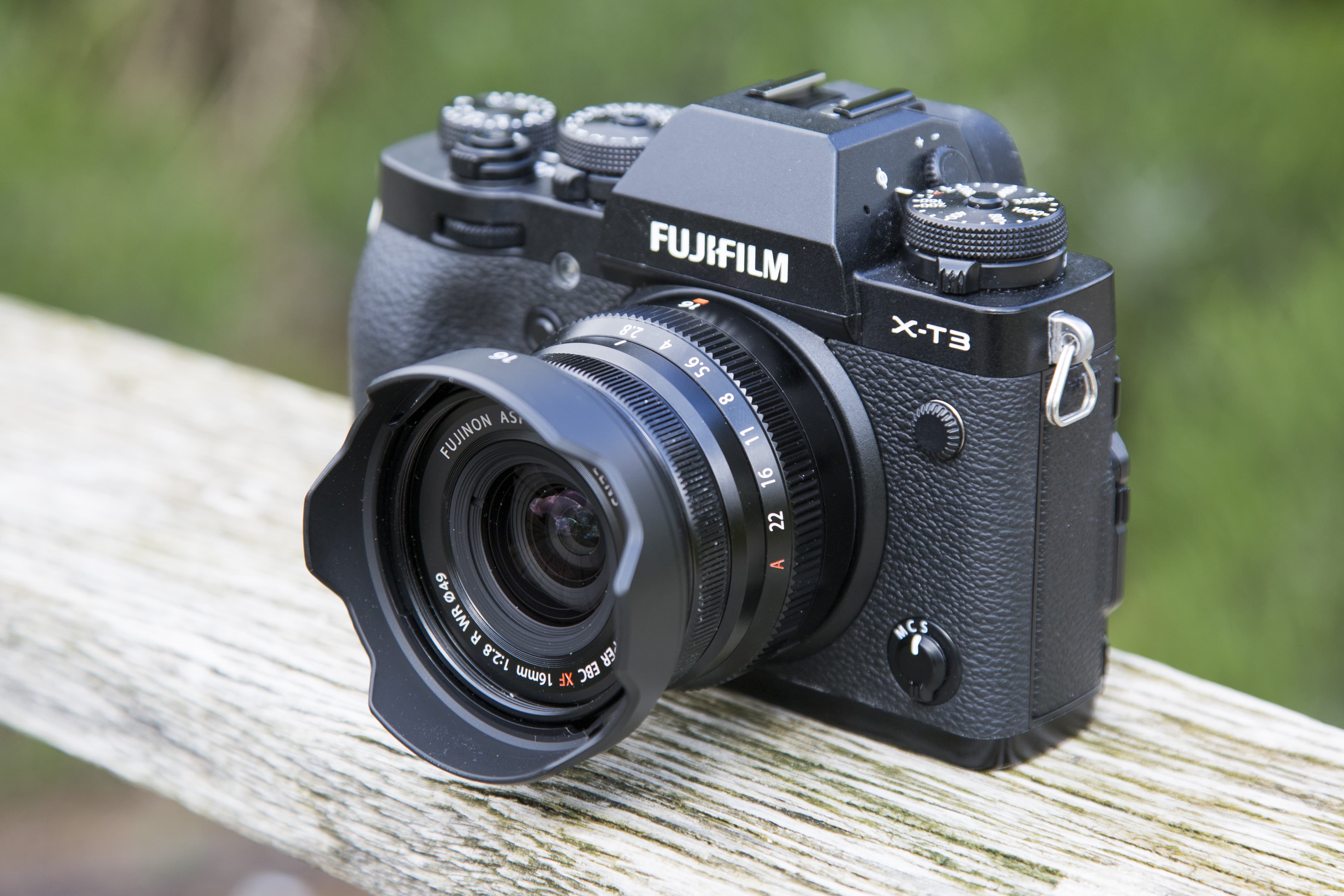
The combined weight of the XF16mm f/2.8 R WR and Fujifilm X-T3 is just under 650g
Fujifilm’s lineup of small f/2 primes have an excellent reputation for their strong, robust build quality despite costing considerably less money than their f/1.4 and f/1.2 counterparts. This lens is yet another example, feeling just as good paired with enthusiast and entry-level X-series cameras like the X-T30 and X-T100 as it does on high-end models like the X-T3.
Our review sample was supplied in black, but those who own an X-series camera in a silver and black finish do have the option to purchase the lens in silver to match.
Fujinon XF16mm F2.8 R WR review: Autofocus
Whereas the XF 16mm F1.4 R WR relies on a coreless DC motor to drive autofocus, this newer lens has an inner focusing system driven by a stepping motor. Focusing between near and far subjects revealed that it goes about its business of focusing quietly, albeit not totally silent.
Switching back and forth between the XF16mm F2.8 R WR and XF 16mm F1.4 R WR highlighted that this new optic is the quieter of the two, but unless you’re shooting where there’s no ambient sound, you’re unlikely to notice this.
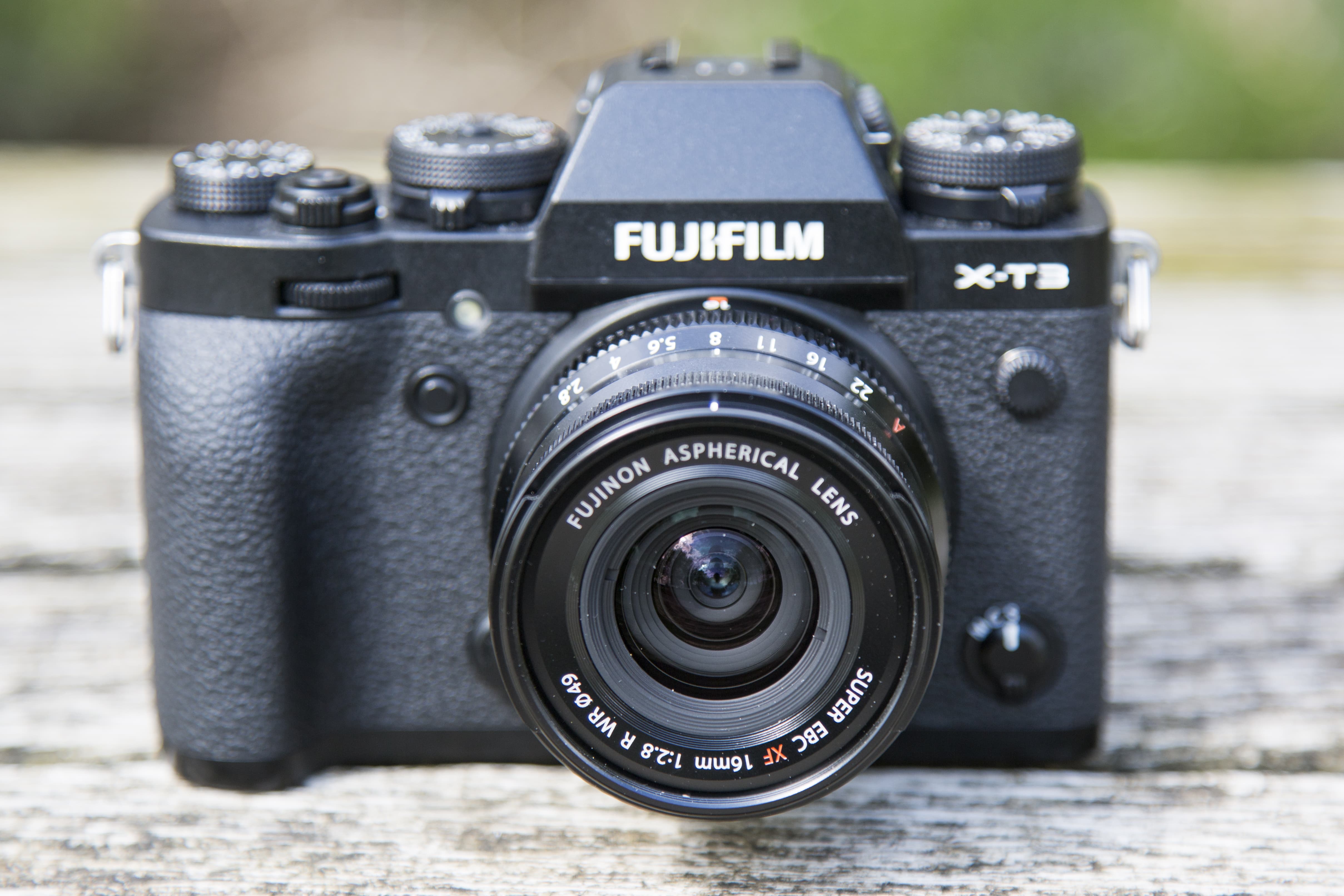
The focus ring can’t be snapped back to enter manual focus like the XF16mm f/1.4 R WR
In terms of accuracy, as we’ve come to expect from mirrorless systems that determine correct focus using the imaging sensor, there’s nothing to complain about. When shooting wide open at f/2.8, it’s good to get into the habit of selecting the smallest AF point possible to ensure you nail the focus precisely where you want it.
Fujinon XF16mm F2.8 R WR review: Image Quality
The lens was coupled to various X-series cameras during our testing, including the X-T3 and X-T10. With the XF 16mm F1.4 R WR in our possession we also took the opportunity to perform some comparisons. As you’d expect, the larger and more expensive XF 16mm F1.4 R WR is optically superior, but the XF 16mm F2.8 R WR delivers respectable image quality.

Fujifilm X-T3, 1/40sec at f/5.6, ISO 1600
Inspecting sharpness of both lenses at high magnification told us that the XF 16mm F1.4 R WR is indeed the sharper of the two, which justifies the £480 difference in price. Back to the lens in question, centre sharpness out-resolves corner sharpness at f/2.8 and the same is said right through the aperture range to f/11 where the effect of diffraction starts to soften overall sharpness.

Fujifilm X-T10, 1/500sec at f/2.8, ISO 800

Fujifilm X-T10, 1/60sec at f/22, ISO 640
Fujinon XF16mm F2.8 R WR review: Resolution, shading and curvilinear distortion
Resolution
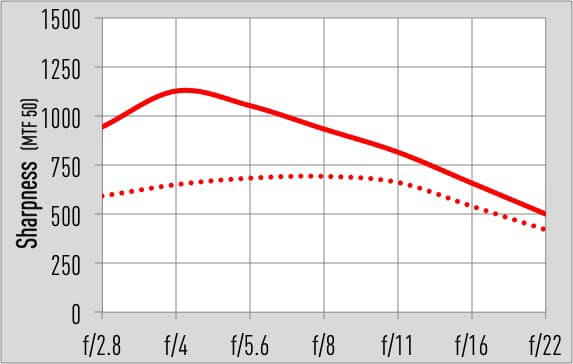
Fujinon XF16mm F2.8 R WR on Fujifilm X-T3
The solid red line above tell us centre sharpness improves when the lens is closed down from its maximum aperture of f/2.8 to f/4. The dotted red line reveals there’s a gradual increase in corner sharpness between f/2 and f/5.6, with the sharpest results at the edge reaching their optimum at f/8. Corner sharpness lags some way behind that of centre sharpness and users will find the best edge-to-edge performance around f/5.6. Push beyond f/11 and you’ll notice diffraction starts to affect overall sharpness.
Shading
Vignetting isn’t anything to be too concerned about, with the shading correction that’s built into the file metadata doing a good job of correcting corner shading in raw files when we processed our images through Adobe Lightroom. The corners appear approximately 0.5EV darker than the centre when the aperture is set wide open.
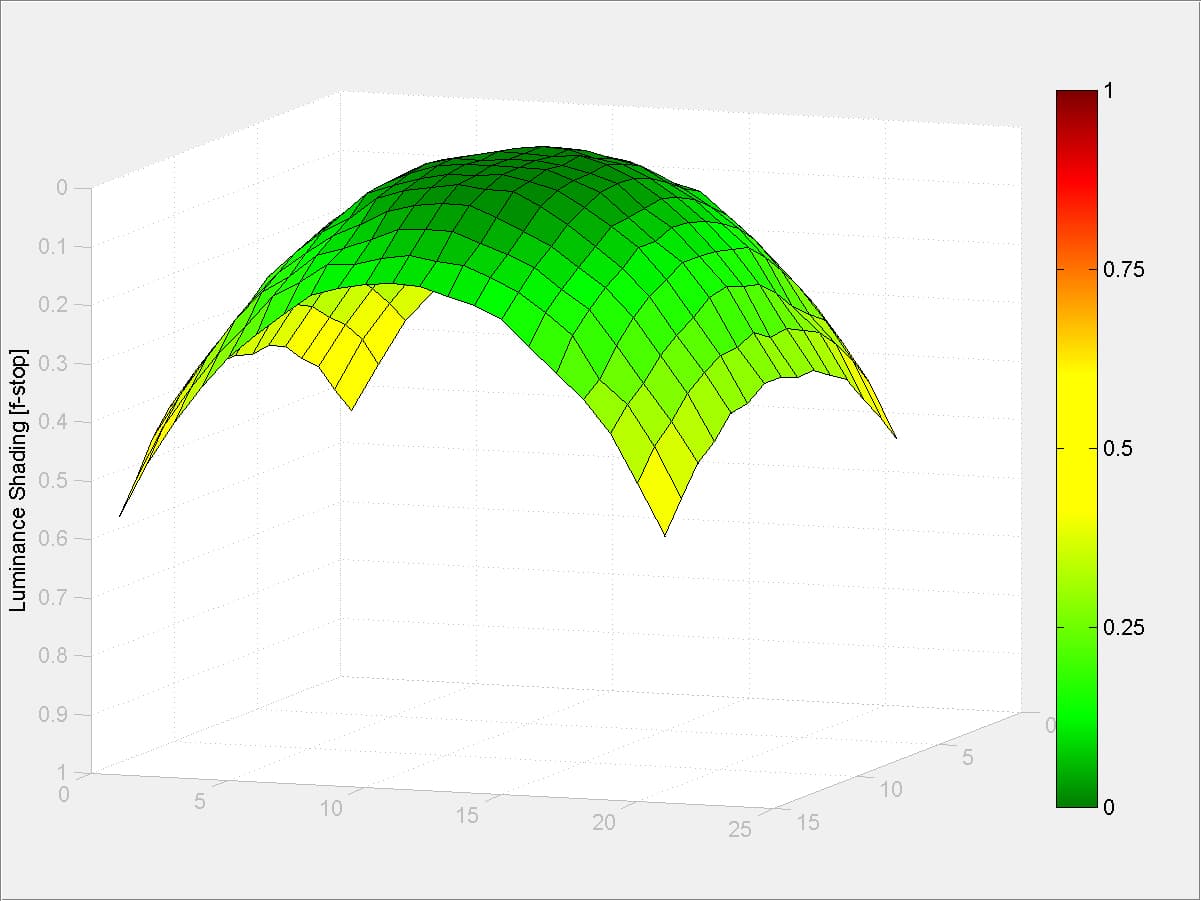
Fujinon XF16mm f/2.8 R WR @ f/2.8
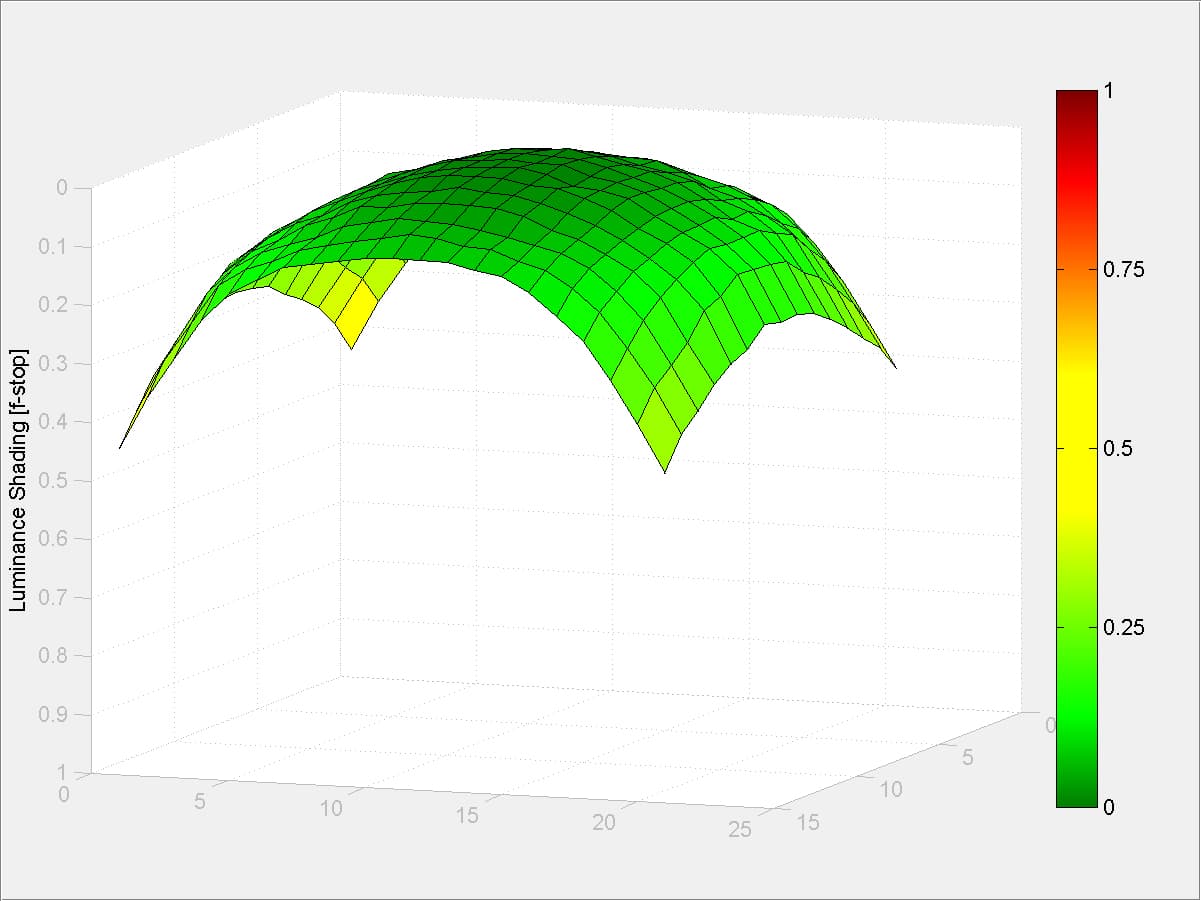
Fujinon XF16mm f/2.8 R WR @ f/4
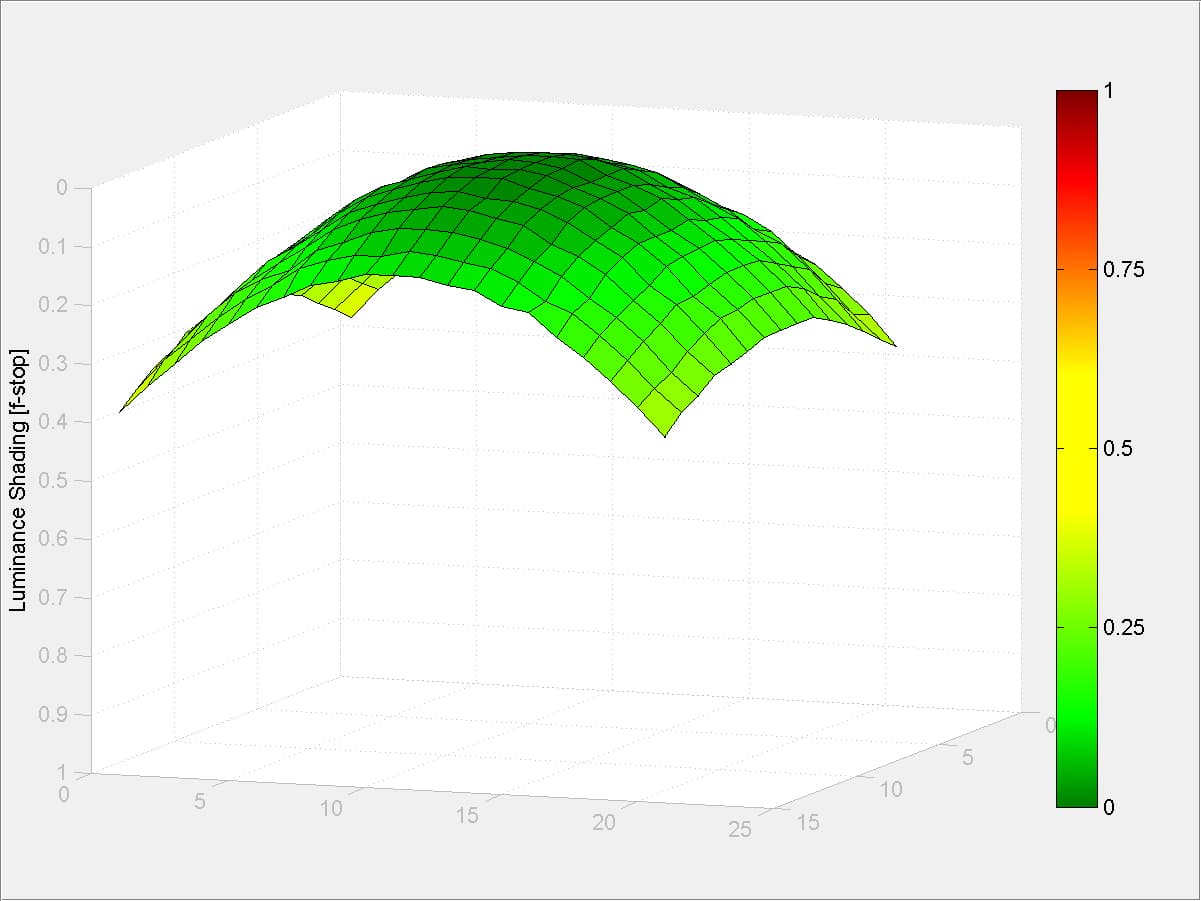
Fujinon XF16mm f/2.8 R WR @ f/5.6
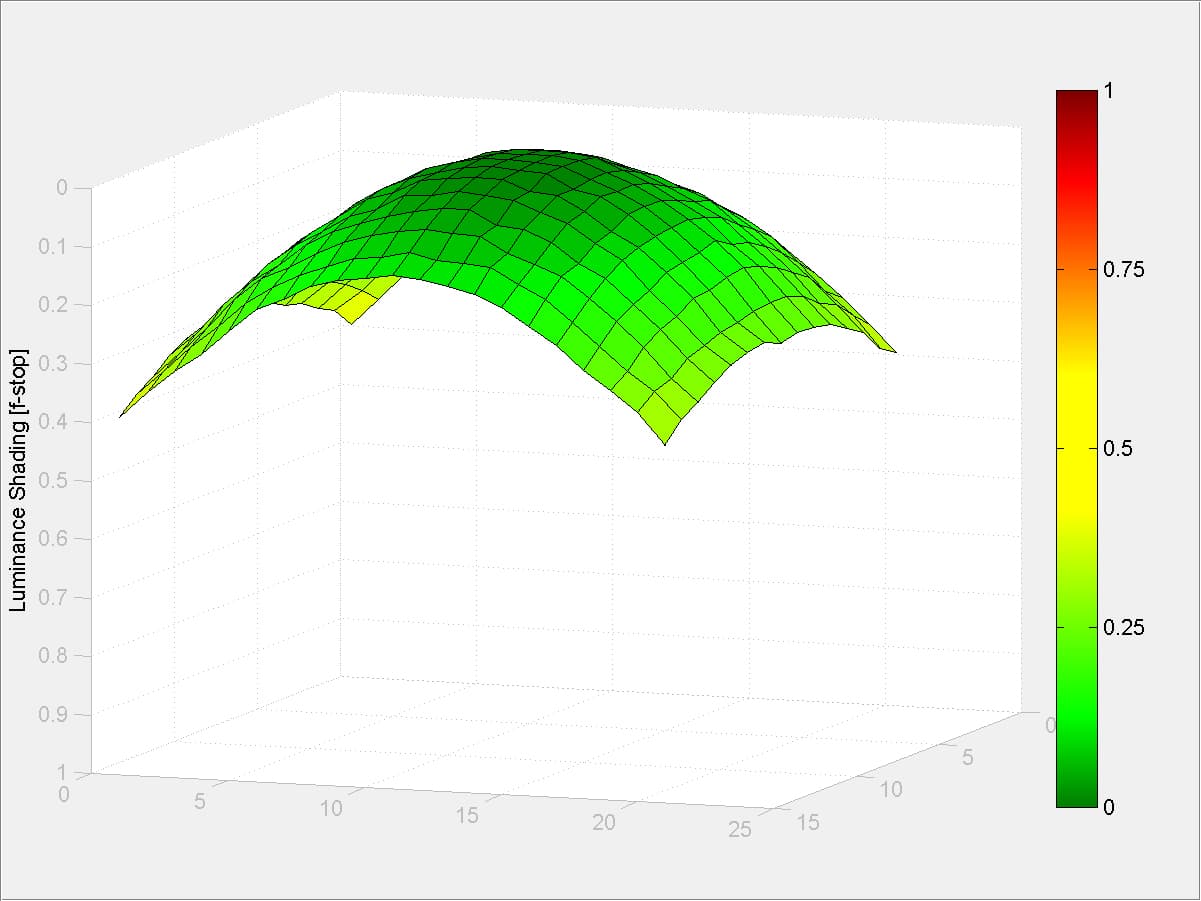
Fujinon XF16mm f/2.8 R WR @ f/8
Curvilinear Distortion
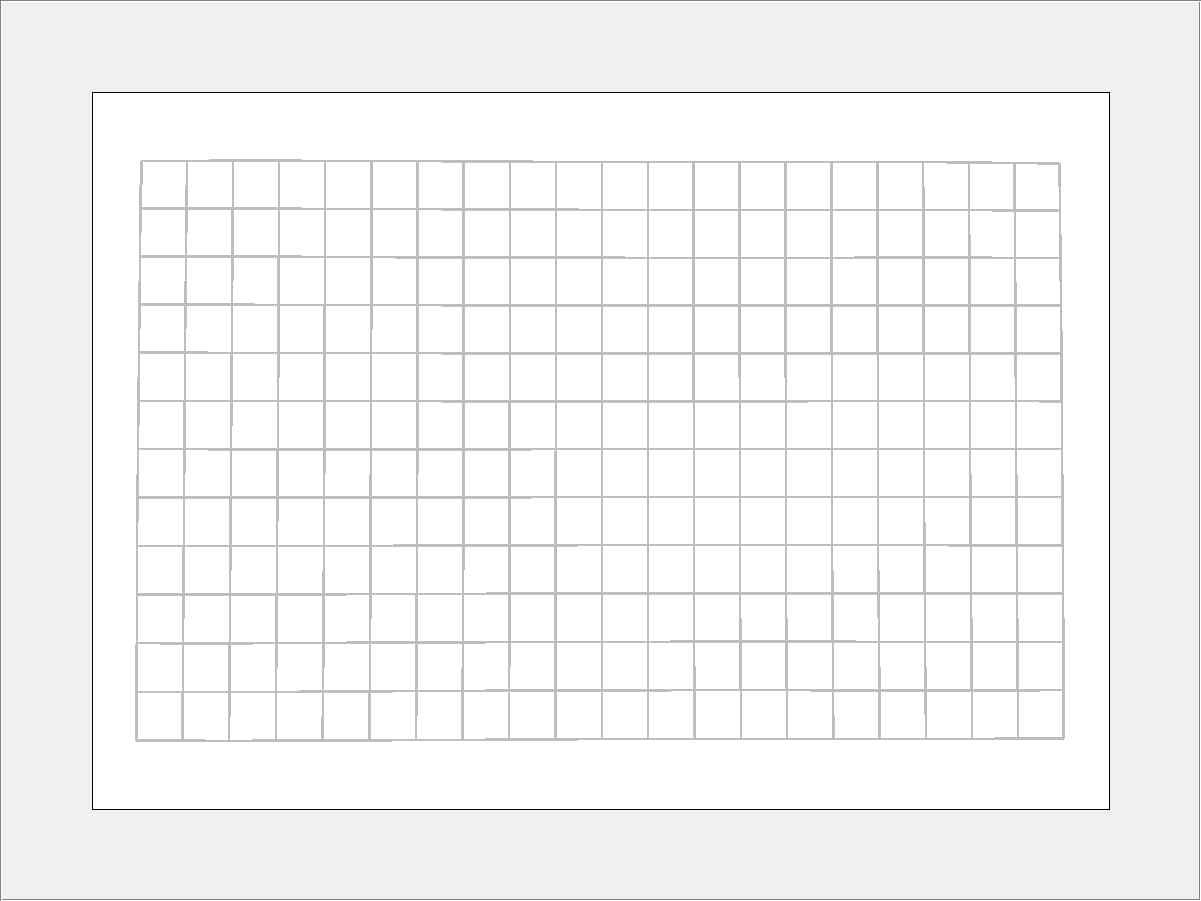
Uncorrected curvilinear distortion, -0.0% TV SMIA
Fujinon XF16mm F2.8 R WR review: Verdict
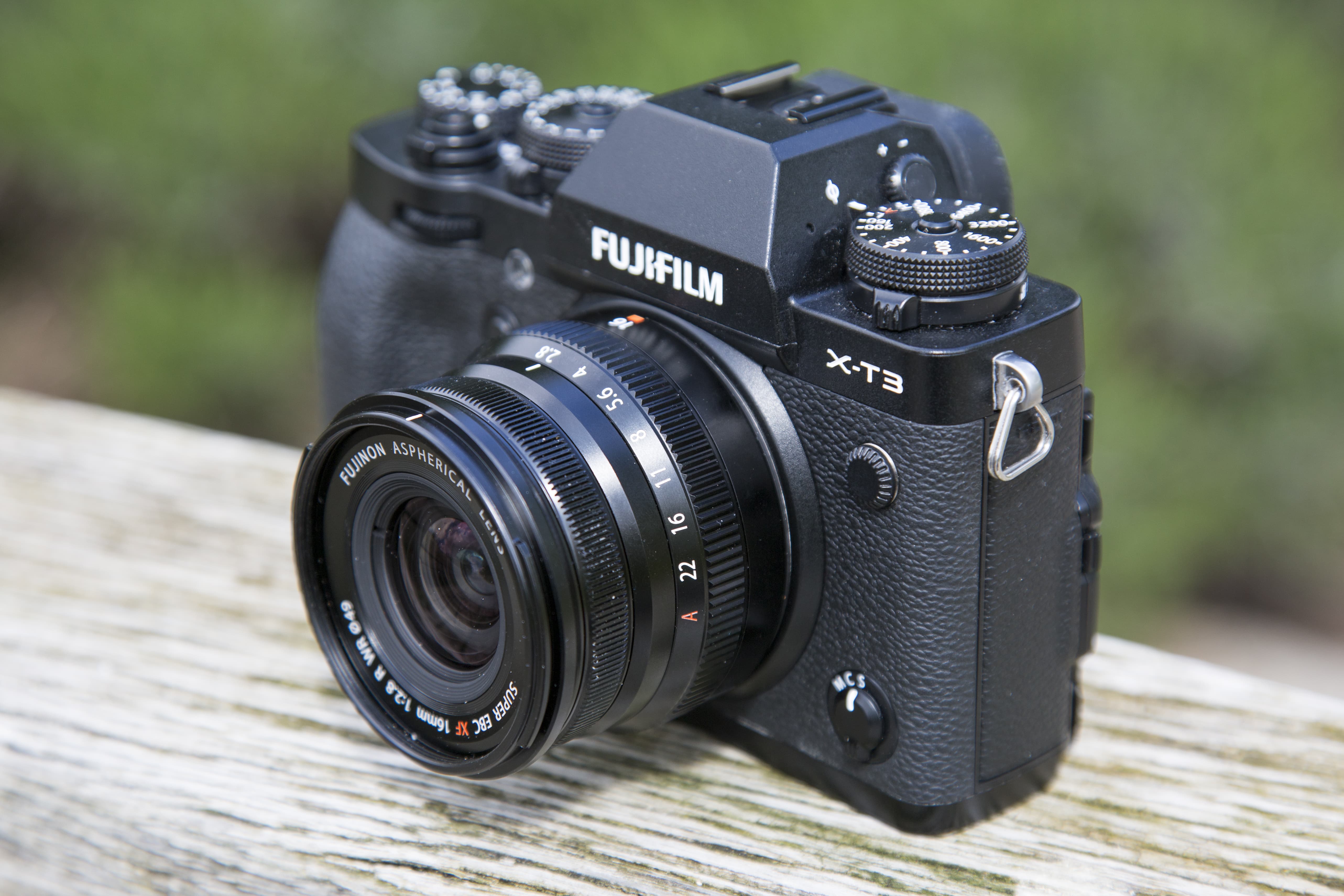
The XF16mm F2.8 R WR is a great walkabout lens on small mirrorless cameras like the X-T3
Those who’d like to keep their setup as light and compact as possible when travelling or heading out with a camera and single lens will love its petite size. Then there’s the cost, which at £349 represents good value and offers an attractive £480 saving over the XF16mm F1.4 R WR. Add this lens and the excellent XF50mm F2 R WR to your shopping basket and you’ll find you’ll spend less than if you were to buy the XF16mm F1.4 R WR on its own.

The XF16mm F1.4 R WR (left) and the new XF16mm F2.8 R WR (right)
If you’re an X-series user, like the field of view a fixed 24mm lens provides and fancy an example that’s reasonably priced, this optic makes a very tempting choice and comes highly recommended.


